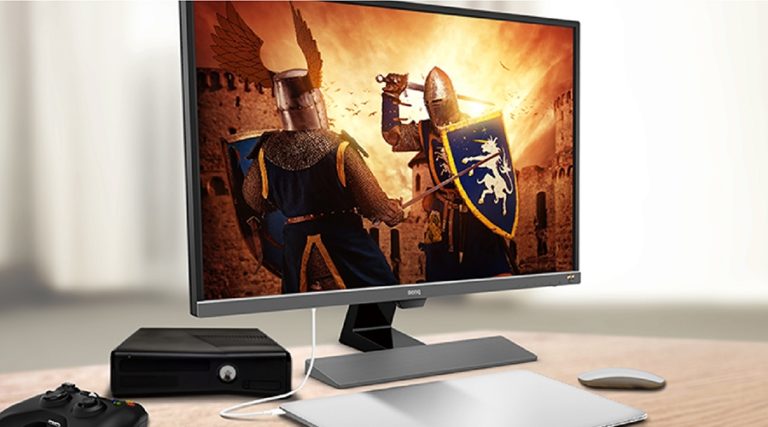Suppose you do not have the appropriate display for your system. In that case, everything you do on it, including gaming, viewing and editing photographs and video, and even just reading text on the pages of your favorite websites, will seem subpar.
The hardware manufacturers know how varying display specifications and features alter the user experience. As a result, they have inundated the market with an abundance of varied possibilities. Before we get started, this article will help you if you’re searching for some advice and finding the right computer monitor tailored to your specific requirements.
Things To Consider
1. Dimensions
Since the time of the cumbersome 15-inch CRT displays, a lot has happened. Monitors of 27 inches and more are becoming the norm in today’s offices. Larger displays allow you to complete more work at once without constantly resizing or moving windows around, saving you time and improving productivity.
A bigger monitor will need more room on your workstation, so plan accordingly. Ultra-Wide monitors even exist, which provide the functionality of two monitors on a single screen. In most offices, 22- to 24-inch screens are the norm.
2. Display Resolution
The resolution of a screen is defined as the sum of all its pixel dimensions. A monitor’s resolution is often expressed as a pair of integers. 1920 x 1080 resolution is the standard.
It is equivalent to 1920 horizontal pixels and 1080 vertical pixels. A higher resolution allows more content to be shown on screen. On-screen elements get progressively smaller as monitor resolution increases. Windows, however, makes reasonable modifications to the scale.
2. Media Sources for Streaming Videos
VGA, HDMI, DVI, and Displayport are all common visual inputs. Although adapters and cables exist to convert almost any input to any other, it is recommended that you choose a compatible connection with your computer. Remember that not every connection has the same capabilities.
There are several HDMI cables on the market, and the standard can transport video and audio. DVI-D may provide greater resolution, but DVI is limited to 1920 x 1200. In extreme cases, the VGA connection will lack clarity.
3. Your Budget
You get what you pay for when buying a monitor, just like other computer components and accessories. A 24-inch, 1920 x You can purchase a 1080 model with minimal features for roughly $150. A quality 32-inch or bigger monitor with 4K resolution and height adjustment might cost $500 or more.
Larger displays with better resolutions tend to be more expensive. Besides display size, the resolution is the most important factor in determining the cost. A 27-inch 1080p display costs less than $200, whereas a 27-inch 4K monitor costs over $500.
5. The Features
Current displays may have any one of the following characteristics.
- User-Friendly Touchscreen
- Displays with a Curve
- Collapsible Handles Height-Adjustable
- Integrated USB Hub
- Internal Audio Playback
- A Picture Within a Picture
- Accessory Slot for SD Memory Cards
- Enhanced game performance with higher refresh rates (usually 144 Hz).
- Vertical Sync Hardware
Conclusion
The correct monitor may ease your workload by giving you more screen real estate to work with and lessening the strain on your eyes. The monitor you use greatly impacts your computing experience regardless of your PC.
That’s why, if you shop carefully, upgrading to a new monitor may have an immediate, positive impact on your productivity and enjoyment across various uses, from gaming to productivity. It would be beneficial to be cautious not to overpay on a screen with excessive functions or fall short of the requirements that your personal computer requires to perform at its best.
